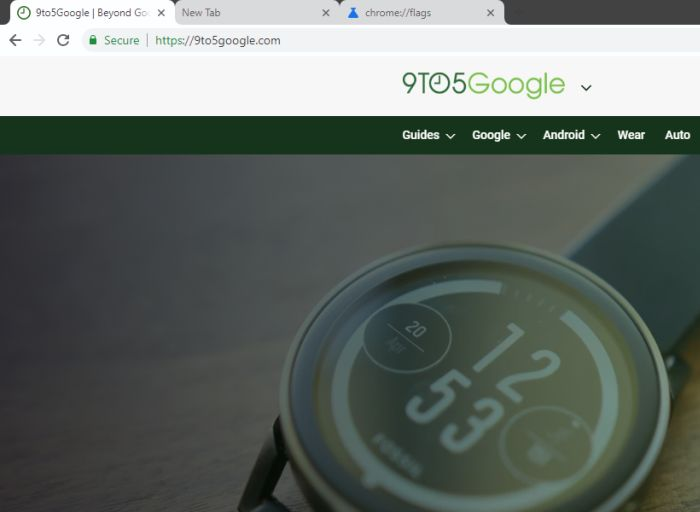The address bar of Google Chrome will be directed to a more secure HTTPS URL by default
May 30, 2021 Article blog
As early as Chrome 68, Google Chrome experimented with the "secure hypertext protocol" (HTTPS) version of the default display URL, rather than the already insecure "hypertext transfer protocol" (HTTP). B y 2021, Google was mulling another change to Chrome -- a default boot to a secure HTTPS URL. A lso hidden on the multi-functional address bar (Omnibox) to irrelevant parts (e.g. www. such a prefix).
(Screenshot via 9to5Google)
Since HTTPS was rolled out, Google Chrome has been trying to hide secure parts of its WEB site, such as https://www. Such a prefix.
However, after entering the 9to5Google.com and returning, the older browser may not use the HTPPS connection as the user would like.
The good news is that Google appears intent on changing the "default priority" of the address bar in the coming months, based on new tags added to the Chrome://flags settings options and new posts on the Problem Tracker page.
In other words, when a user enters a URL without a protocol version in the multifunction address bar, Chrome selects the HTTPS version by default instead of an insecure HTTP connection.
If you can't determine if an HTTPS connection is available within a timeout (3 to 10 seconds), Chrome will switch to an HTTP connection. Interested friends can enable the following tags in the new Chrome browser:
#omnibox-default-typed-navigations-to-https
It's important to note that the tag currently only appears in the Chromium project code, and Chrome Stable may have to wait months (such as the 89/90 version of Chrome released in March-April).
Source: cnBeta.COM

